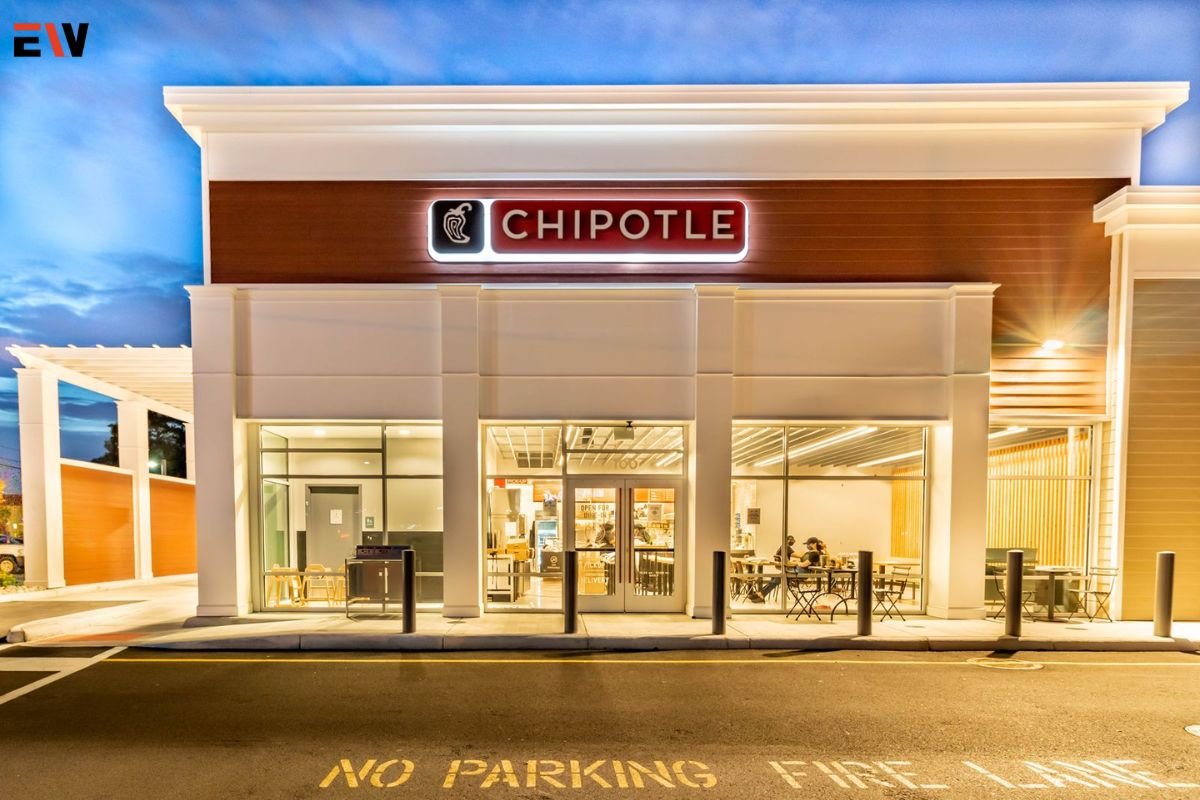Source-Brisky Net Lease
Shift in Consumer Preferences
Rick Cardenas, CEO of Darden Restaurants, highlighted a notable trend in the restaurant industry: an increasing number of customers are turning away from higher-priced fast-food options towards casual-dining chains. While Darden itself hasn’t seen direct benefits from this shift, competitors like Brinker International, owner of Chili’s, and Dine Brands, parent company of Applebee’s, are capitalizing on the opportunity to attract customers who are frustrated with rising fast-food prices.
Competitive Strategies in Action
Chili’s recently launched an aggressive advertising campaign targeting fast-food giants like McDonald’s, criticizing their pricing strategies for burgers. Meanwhile, Applebee’s has focused on offering competitive deals and promotions aimed at luring in fast-food diners seeking better value for their money.
Industry Insights and Challenges
During Darden’s quarterly earnings call, Cardenas noted that industry data indicates a slight movement of customers from quick-service restaurants to casual-dining chains establishments. This shift comes amid a broader economic backdrop where consumers are feeling the impact of inflation across various sectors, including dining out.
According to Department of Labor data, full-service restaurant menu prices have risen by 3.5% in the past year, slightly lower than the 4.5% increase observed in limited-service eateries. Despite this, the overall consumer price index rose by 3.3% over the same period, reflecting the broader inflationary pressures impacting consumer spending habits.
Navigating Economic Pressures
Both fast-food chains and full-service restaurants alike have been grappling with the challenge of maintaining customer loyalty amidst rising prices. McDonald’s, for instance, has faced criticism and backlash over its increased menu prices, prompting the company to introduce new value meals and promotions to appeal to cost-conscious diners.
Darden has pursued a different strategy by leveraging television advertising and maintaining competitive pricing relative to inflation levels. Despite reporting flat same-store sales growth and lower-than-expected revenue in its fiscal fourth quarter, Darden remains optimistic about its performance compared to its peers in the casual-dining chains sector.
Conclusion
As consumer preferences evolve in response to economic pressures, casual-dining chains are strategically adjusting their offerings and marketing approaches to attract and retain customers. While challenges persist, particularly in managing inflationary impacts, companies like Darden Restaurants continue to navigate the competitive landscape with resilience, aiming to sustain growth and profitability in the evolving dining industry.










